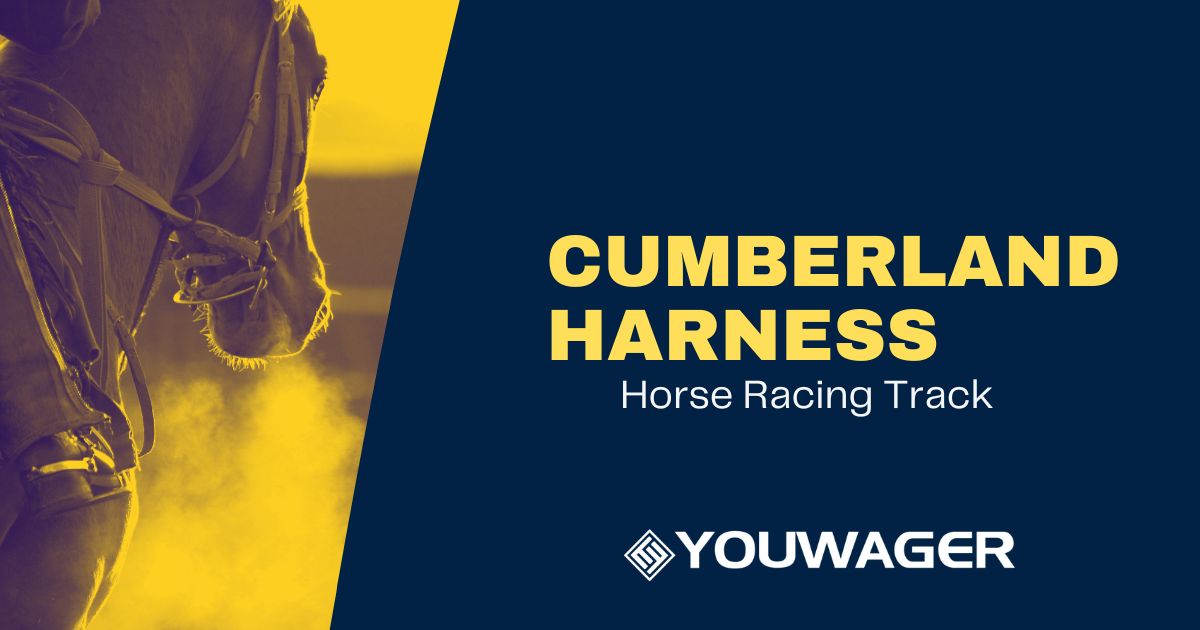Get your off track betting action at Cumberland Harness, one of the many available horse racing tracks at YouWager.lv’s racebook.
Dating back to the early 1800s, harness racing and agricultural fairs have a rich and lengthy tradition in the state of Maine. In October 1868, the inaugural Cumberland Fair was place, and a few years later, a 1/3-mile track was laid out and built.
Farmers used to race one another down Main Street before the track was constructed.
1938 saw the construction of a new grandstand, and 1941 saw the approval of plans for a clay racetrack.
1948 saw the installation of lights around the historic oval, bringing harness racing into the modern day.
In Cumberland, Maine, harness racing is celebrating its 153rd season this year.
Cumberland Harness History
On October 7 and 8, 1868, the first Cumberland Fair took place over two days in the town center, beside what is now Greely High School. Captain Enos Blanchard gave the land. At the intersection of Tuttle Road and Main Street, his home is the Cumberland Food Company.
The women of the community got the chance to demonstrate to everyone in attendance what amazing cooks they were and what exquisite needlework their nimble fingers could produce. Growers contributed their largest and most delicious produce. At the ox pulling competition, the men with functioning steers could demonstrate the power and dexterity of their animals.
Along Main Street, between the intersection of Tuttle Road and Blanchard Road to Greely Road, local horsemen would race their best horses. That’s how it started.
The grassland beyond the Center burying ground was the site of the construction of a 1/3 mile track a few years later.
A number of well-known Cumberland residents petitioned the State of Maine to formally establish the Cumberland Farmer’s Club. Among them was Eliphalet Greely, a descendant of Eliphalet Greely and benefactor of Greely Institute, which is now Greely High School. February 1875 saw the action and approval of the petition.
Even with the Fair, global events didn’t really affect how things operated. 1917 saw the hall damaged by fire. The Spanish flu pandemic and World War 1 intervened, delaying the reconstruction of the hall until 1921.
New grandstand construction began in 1938.
There was a vote in 1941 to build a clay track. The song’s composition is still Clay today.
1945 saw the installation of electricity.
1946 witnessed the installation of all three telephones.
1947 saw the construction of the café and the grandstand at the pulling ring.
1948 saw the installation of lighting surrounding the track allowing racing at night.
At YouWager.lv you can wager on the different betting types, such as moneyline, spread, and total, and you can bet either on your favorite team or an undervalued underdog, always with the best and latest wagering lines. Open your account now and receive a 100% bonus on your first cryptocurrency deposit, just click below:


